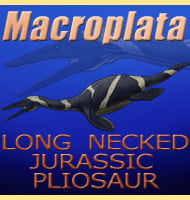Chelosphargis
In Depth Chelosphargis was originally named as species of Protostega in 1906 by Oliver Perry Hay. However the description of Calcarichelys in 1953 led a later palaeontologist, Rainer Zangerl to conclude that P. advena should be reclassified as a distinct genus. Chelosphargis is regarded as being almost identical to Calcarichelys, a turtle with a series … Read more
